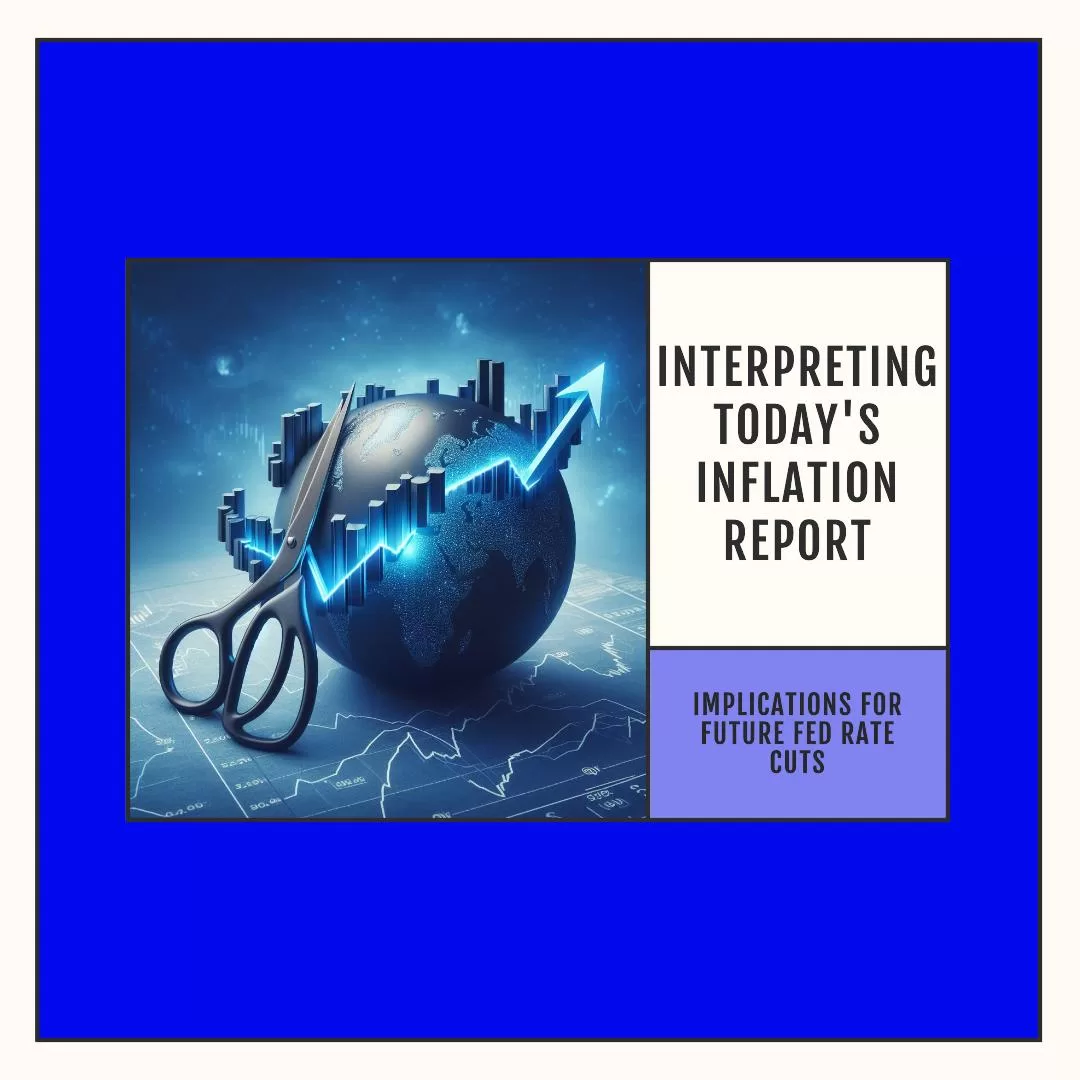Interpreting Today’s Inflation Report: Implications for Future Rate Cuts
Today’s release of the latest inflation report has sparked discussions and speculations about the future trajectory of monetary policy, particularly regarding the possibility of interest rate cuts. As inflationary pressures continue to weigh on the economy, central banks face the delicate task of balancing the need to support growth with the imperative to contain rising prices. In this article, we analyze the implications of the latest inflation data and assess the likelihood of rate cuts in the near future.

Inflation Report Overview:
The latest inflation report paints a sobering picture of the current economic landscape, with inflationary pressures persisting at elevated levels. Core inflation, which excludes volatile food and energy prices, surpassed expectations, driven by rising costs across various sectors of the economy. Price increases were particularly pronounced in areas such as housing, transportation, and healthcare, reflecting supply chain disruptions, labor shortages, and pent-up consumer demand.
Central Bank Response:
In response to mounting inflationary pressures, central banks have been closely monitoring economic indicators and reassessing their monetary policy stance. While some policymakers advocate for preemptive measures to curb inflation, others emphasize the importance of maintaining accommodative policies to support economic recovery. The Federal Reserve, for instance, has signaled a willingness to tolerate temporary inflation overshoots and has refrained from raising interest rates thus far.
Implications for Rate Cuts:
Despite concerns about inflation, today’s inflation report is unlikely to prompt immediate rate cuts by central banks. While inflation remains elevated, policymakers are adopting a cautious approach, preferring to wait for more conclusive evidence of sustained inflationary trends before adjusting monetary policy. Moreover, factors such as labor market dynamics, fiscal stimulus measures, and global economic conditions will also influence central banks’ decisions regarding interest rates.
Forward Guidance:
Looking ahead, central banks are likely to provide clear and transparent forward guidance regarding their policy intentions. While rate cuts may not be imminent, policymakers may signal a willingness to adjust policy settings in response to evolving economic conditions. Communication from central banks will be key in managing market expectations and signaling their commitment to price stability and sustainable economic growth.
Market Reaction:
The reaction of financial markets to today’s inflation report will provide further insights into expectations regarding future rate cuts. Any signs of market volatility or uncertainty may prompt central banks to reassess their policy stance and communicate accordingly. Central banks will closely monitor market developments and adjust their policy responses as needed to maintain stability and confidence in financial markets. Interpreting Today’s Inflation Report: Implications for Future Rate Cuts.
Conclusion:
Today’s inflation report underscores the challenges and complexities facing central banks as they navigate the path forward. While inflationary pressures remain a concern, rate cuts are unlikely to materialize in the immediate term. Instead, central banks will continue to monitor economic indicators, assess risks, and provide clear forward guidance to guide market expectations. By striking a balance between supporting growth and containing inflation, central banks aim to foster a stable and resilient economic environment conducive to sustainable prosperity.
Read more articles about rate cuts
Connect with Factoring Specialist, Chris Lehnes on LinkedIn
